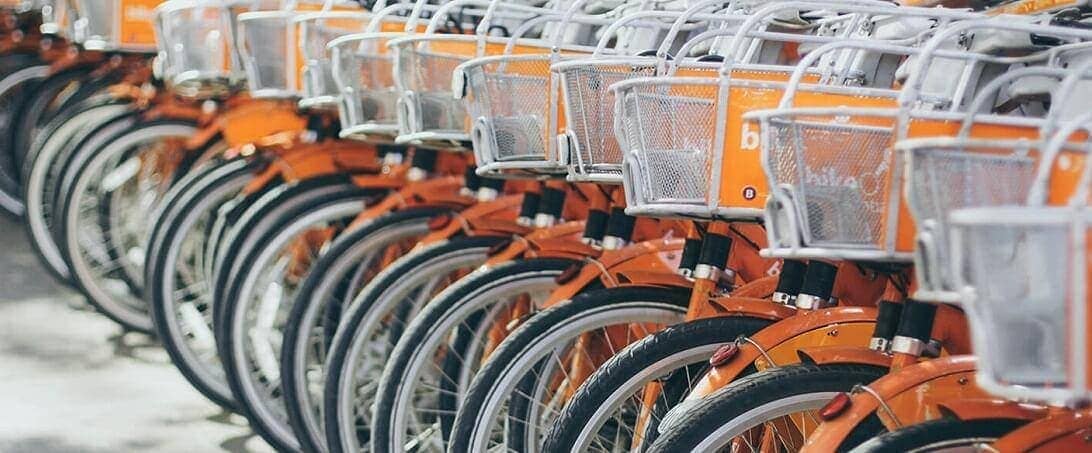
A cultural tradition which can be traced back to the Roman Empire is how relaxed we feel when we actually own our possessions. A redundancy that the Ford linear production model consolidated last century, thus blocking the circular economy.
Today, given the huge environmental problems that this type of economy brings about, many will ask themselves if it’s possible to go from a model based on ownership to one based on rental services. And we’ll explain to you why it is possible, and why it is the future.
Do you want a car, or do you want to be mobile?
In the film The Wolf of Wall Street, DiCaprio asks a friend to sell him a pen. His friend answers by asking him to write his name on the napkin, to make him realise he doesn’t have anything to write with. However, it isn’t necessary to own a pen in order to scribble something down. We only need to hold it for a few seconds.
This change in perspective is the same that materialises if someone asks, ‘Do you want a car, or do you just want to be mobile?’ Because the two are not the same thing, and it’s important to be clear about the difference between owning a vehicle and being mobile.
We use the example of a private personal vehicle in this article because of the impact that manufacturing and driving cars has on the environment. The other two large emitters of greenhouse gases are lack of efficiency in heating and an agricultural model based on the production of animal protein.
But we could use any other example, such as a smartphone, a personal computer, sports equipment, home appliances, books and many other objects which we do not need to own but we do need to use.
The lack of efficiency in owning a vehicle
Depending on the study used, values change, but it has been known for some time now that private vehicles are stationary for almost their entire working life, losing value all the time.
According to the UITP in Seoul, cars are parked 92.3% of the time. The University of California puts this figure at 95%, close to RAC Foundation’s 96.5%. The Spanish organisation Ecologistas en Acción tops the list with a figure of 97%. Even being very optimistic, an efficiency of 7.3% is far too low.
The classic alternative to vehicle ownership has always been public transport such as buses and trains. An efficient way to decongest traffic and minimise the environmental impact in two different and complementary ways:
- We avoid manufacturing cars, with its huge environmental impact which is often not taken into account, given the focus on CO2 emissions per 100km.
- Fuel or electricity efficiency for moving the same number of people is much lower.
However, a new alternative to buying a private vehicle has recently emerged: the shared vehicle and pay-per-use, which we will now analyse.
Renting a public vehicle
With European councils worrying over air quality and striving to reduce their citizens’ environmental impact, some cities have opened the doors to electric vehicles in the form of mobility as a service. This type of Maas mobility, known as carsharing, (and which Ferrovial Services has tapped into together with Renault to create the operator Zity), involves paying every time you use the vehicle, for the number of minutes you use it.
The green idea behind these initiatives is reducing our carbon footprint for the planet, although there is also an important economic incentive for the user, who doesn’t have to invest a large amount of money in a private vehicle.
On the one hand, these fleets of electric vehicles usually displace combustion cars. For example, in Madrid, one of the conditions for allowing fleets of Car2Go, Emov and Zity (mentioned in the order in which they came into operation), was that the vehicles had to be 100% electric.
- Zity Carsharing
- Zity Carsharing
- Zity Carsharing
- Zity Carsharing
And then there’s the amount of use they get: these fleets of electric cars have a use index well above the 7.3% mentioned previously. According to Fernando Izquierdo, responsible for Emov in Spain, their vehicles have a target of 15 rides a day (as compared to the two rides per day with a private vehicle). As such, the cars are used for more time each day.
This increase in efficiency in effect means that the manufacturing cost of the vehicles (including their impact) goes down due to the large number of users, thus lightening the burden on the environment.
What other advantages does renting have over buying?
We’ve already picked out some of the characteristics that make a service-based model more enticing than a purchase-based one, but let’s look in detail now at how these benefit the various stakeholders involved.
The service end user
The easiest stakeholder to analyse is the service end user, who, as we mentioned before, doesn’t have to pay a large amount for an asset he will barely use.
In the case of the private vehicle (to continue with the same example), there’s a high initial investment which loses value at a rate of 10% per year and carries a cost of about 5% depending on the vehicle. As such, after 10 years the user will have payed approximately 150% of the vehicle’s value and will have used it for less than 8% of the time in which it was available. As opposed to this, the carsharing model, where the user only pays when he actually uses the vehicle.
In case the reader is interested in making a personal calculation to find out whether renting a car is a suitable option, we first need to know the cost per kilometre for renting. For the Zity service, this is in a price range of between 0.14€ and 2.52€, depending on the speed at which you drive (as the rent is calculated in minutes):
These figures must then be compared with the cost per kilometre for a purchased car. Here, we have to take into account the actual cost of purchase (plus interest if a loan was requested), insurance costs, maintenance costs (both preventive and for breakdowns) and fuel; and divide it all by the number of kilometres driven. It’s good to calculate this every year to find out how the cost per kilometre increases or decreases depending on use.
The fact that there is no need to make a big investment also gives the user a certain amount of freedom for the future. To justify the cost of buying a car, many users feel obliged to use it every day simply to make use of it. However, in the MaaS model we can choose our means of transport depending on what our needs are on a particular day. One day it may be convenient to take a shared car, the next day we may want to take the underground or the bus.
The company managing the fleet
Managing a fleet of some five hundred cars is no simple task, but the fact that a large number of people opt for mobility as a service is matching vehicle supply to mobility demands.
And here the driverless, connected car deserves a mention, as it will no doubt extend the possibilities once it arrives in our cities in a few years’ time. Today it is the fleet operators who must move and distribute their cars based on expected demand; in the future, however, this job will be done autonomously by the cars themselves.
Car manufacturers
Saying that private cars are parked and unused for 97% of the time is the same as saying that at any given time there are only 3% of them being used. Car manufacturing is a sector in which slowdown is not only possible, but desirable, though it won’t be at the cost of the brands.
In fact, a decrease in the volume of sales doesn’t imply staff or labour cuts, which is just as well because staff cuts as a business strategy are frowned upon for their social implications.
An advantage of the renting model is that it stabilizes sales given that, once the peak of the first big order is over, cars would be replaced gradually and continuously. And it also encourages many quality-related services.
Designing a car that will last ten years with 40 minutes of daily use isn’t the same as designing one which will be used ten or twelve hours every day. If a manufacturer makes 1000 units for carsharing, they must be of exceptional quality.
R&D+i departments have a lot of scope for growth here, as do insurers, repair companies, workshops and components manufacturers.
From a model based on selling units from a production chain, we will change to a model where the aim is repairing a car rather than manufacturing a new one.
The city and its citizens
When talking about mobility as a service, we often forget about the social and urban impact this type of solution has on a city, even if not based on electric fleets, which obviously have their advantages.
Simply imagining a city where its car mass has been reduced to 10% is enough to realise what a large amount of space citizens have taken back. If cycle lanes are complicated to design today because of lack of space, and the safety of cyclists a complex issue, MaaS is the perfect excuse for freeing up space.
And if, on top of it all, car fleets are electric, as is happening in many European cities, citizens will be able to breathe more easily.
And it is not just a question of health, though important. The financial implication of many of our modern-day respiratory illnesses will stop consuming our taxes, freeing up important expense accounts which can be used to treat other illnesses.
Environment
The environment is without a doubt one of the stakeholders (it does indeed play a role, though not voluntarily, perhaps) that will most benefit from a reduction in the number of cars and the end of CO2 and NxOy emissions.
With space becoming available, parks can flourish without high soil acidity, and birds can return to the cities. Something which is already happening as the electric car invades our streets.
Examples of services with current products
This article has focused only on cars, perhaps because they are more eye-catching, tangible and easy to understand, as well as because of their higher impact. But the fact is that we could apply the model to something which is even more common, such as household home appliances. Every home has a washing machine, dishwasher, fridge, boiler…
Even though most of these will continue to be familiar, whether they are ours and, in our homes, and not being shared with anyone, a rental model could generate a large positive impact.
For one, manufacturers would stop targeting their strategies at selling large numbers of products with programmed obsolescence and neglecting the user after the two years of mandatory warranty are up. The target would no longer be the number of units sold, but the number of hours of use that each unit could withstand, and this automatically implies a considerable increase in quality.
As a brand manufacturing and renting household tools, whether drills or fridges, we would want them to last as long as possible. If they break or malfunction, we will have to change them, bearing the costs of repair and replacement of the product, or recycling it.
Given that the cost of renting for clients is well below that of purchasing, many would want A+++ goods, which would additionally mean a saving in the electricity bill (which could go as high as 76%). Just imagine what an environmental impact on a global scale that would have if all whitegoods and electrical appliances did this.
One of the big advantages of a rental system compared to a purchase system is that if there is a large number of companies doing the same thing, this will put the economy on a path to a more circular model.
A model based on ownership of assets drives linear economy which is highly polluting, but a model relying on service rentals puts the economy on a path to a circular, low environmental-impact model.
Most of us don’t need a car, we need to move. We don’t need a fridge, but we need to keep food cold. And we don’t need a mobile phone, we just need to be connected.
On the day that a critical mass of the population realises what this shift in consumption can mean, the change will be unstoppable, and we will start to see that pressure on the planet starts to decrease consistently.


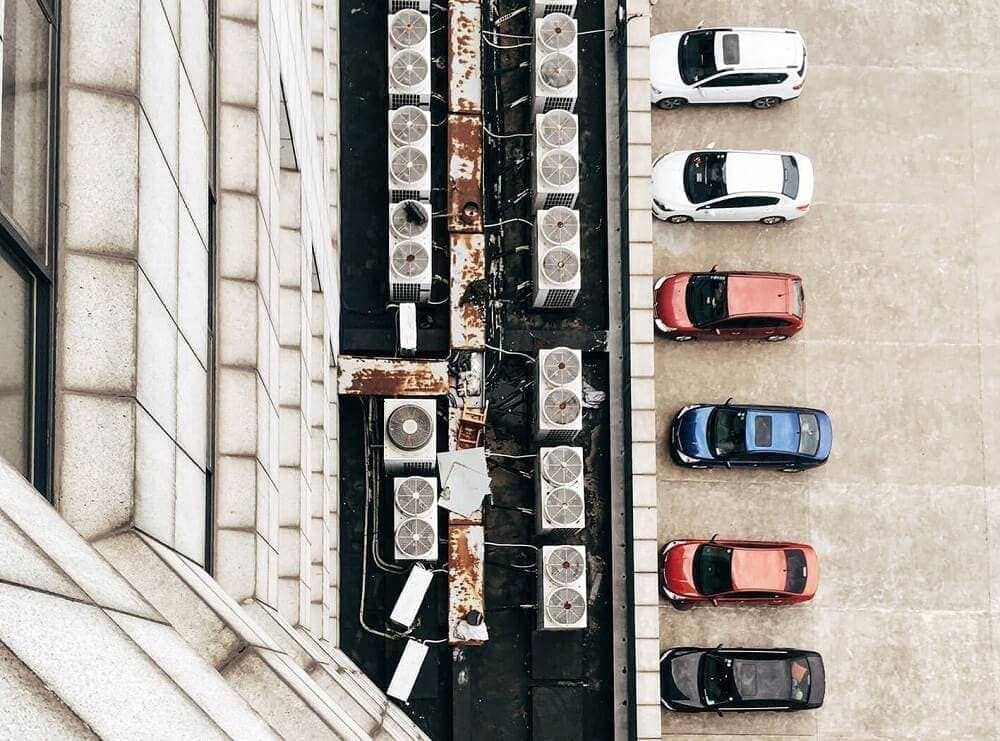
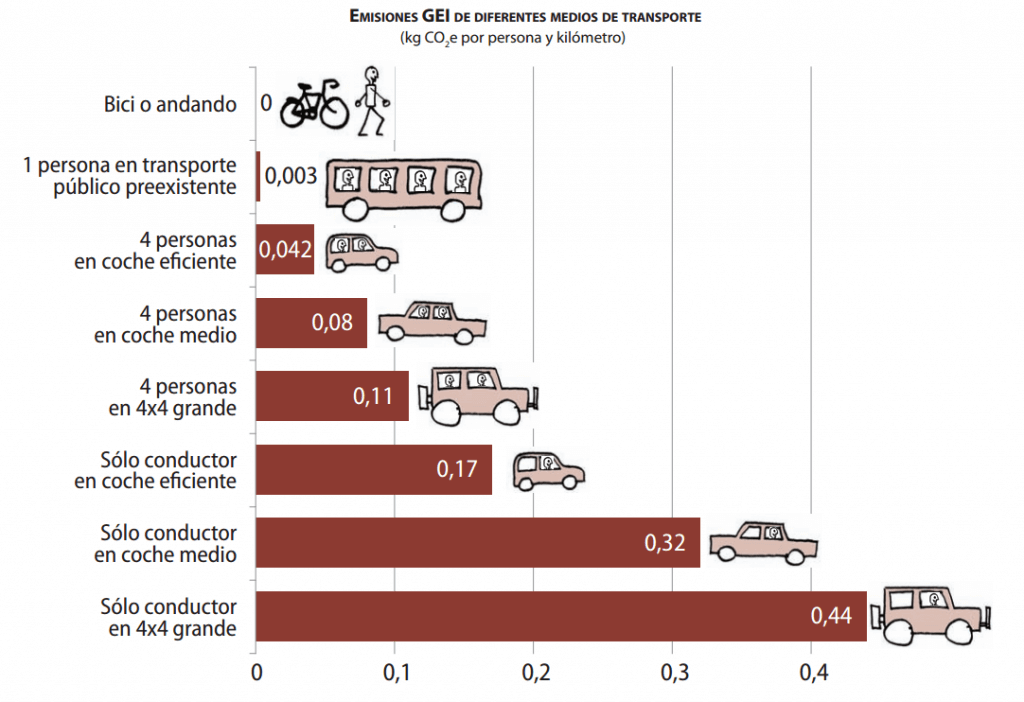




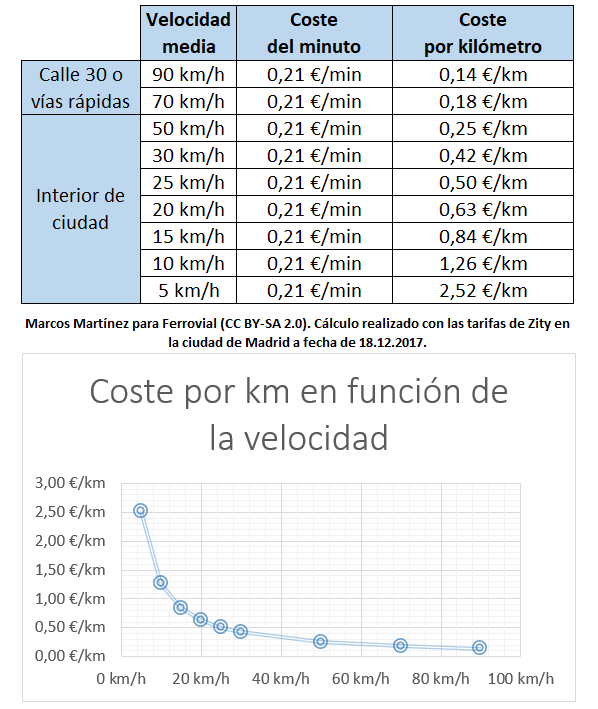
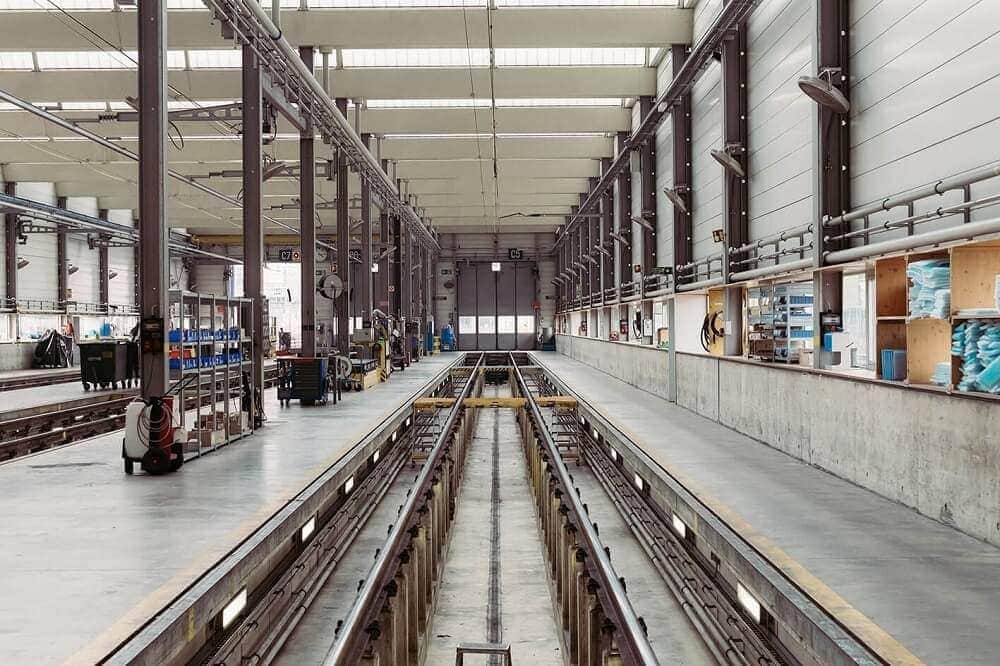

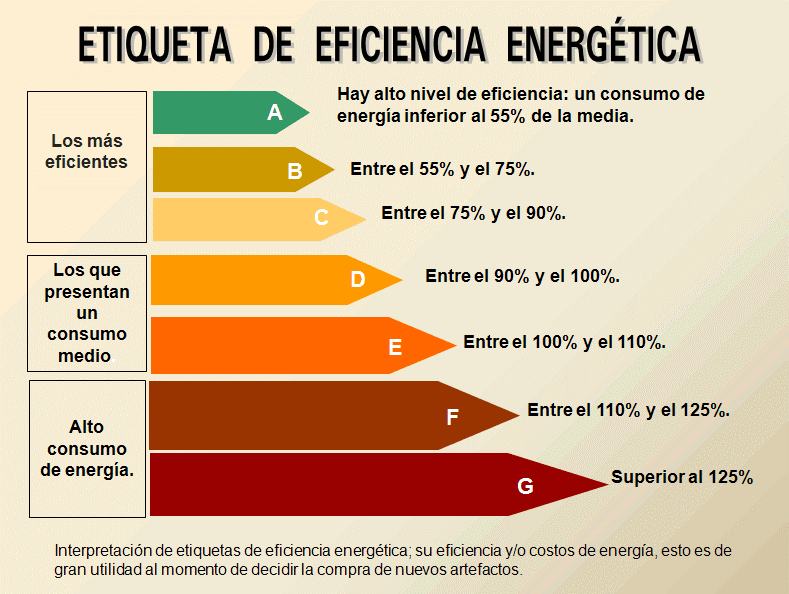




There are no comments yet